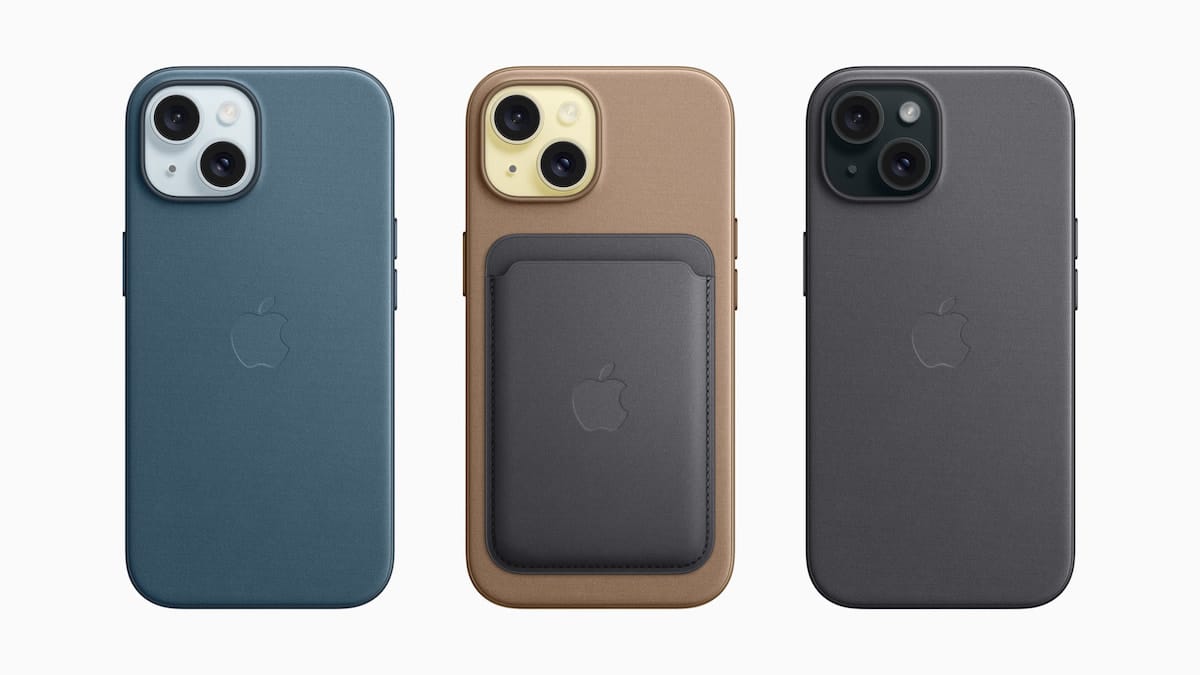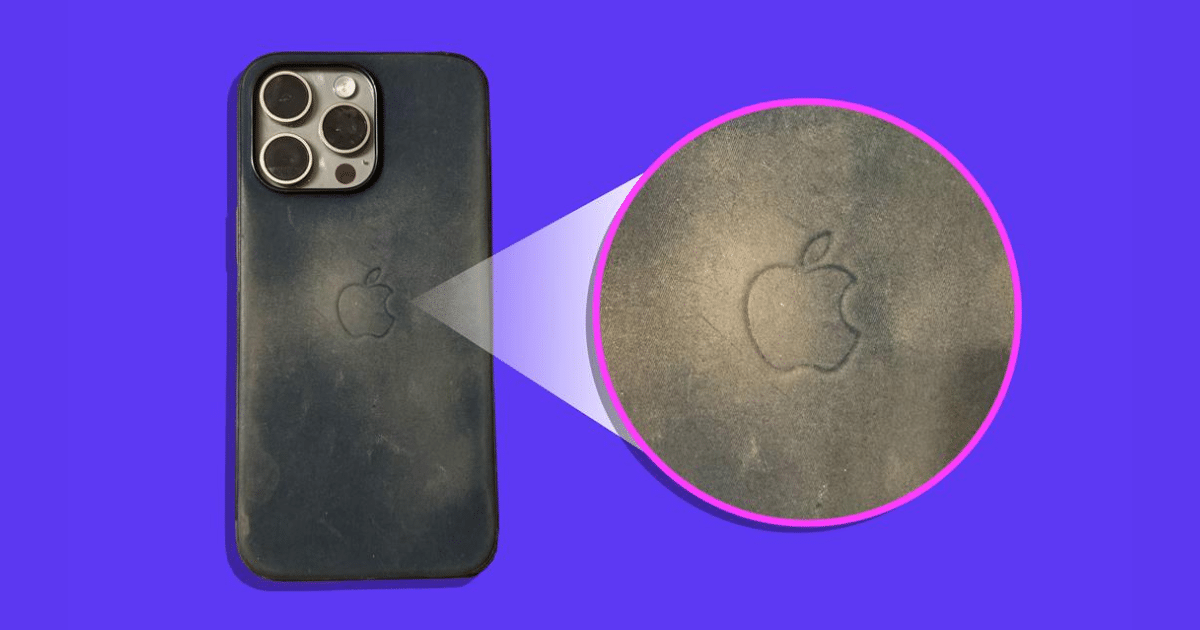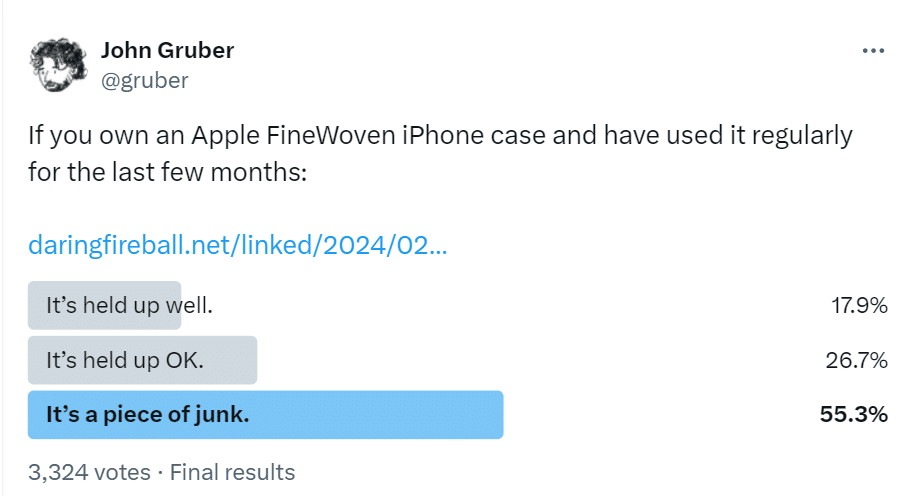Apple introduced its FineWoven iPhone cases last September with promises of luxury and durability to rival its renowned leather counterparts. However, the product’s initial promise of an eco-friendly alternative ultimately led to a wave of consumer disappointment and dissatisfaction, exposing the limitations of this approach.

Apple’s FineWoven cases disappoint consumers with rapid wear and tear
At first glance, the FineWoven iPhone cases seemed promising. Crafted from durable microtwill made from recycled materials, these cases boasted a “soft, suede-like feel” and a sleek aesthetic. Yet, as time passed, users began to notice alarming signs of wear and tear.
Reports of peeling edges, scratches resembling “an old CD,” and discoloration akin to a “rotten banana” flooded social media platforms and tech forums. Even prominent tech journalist Joanna Stern shared her dismay, highlighting the rapid deterioration of her FineWoven case after just five months of use.
There it is, everyone. My iPhone 15 Pro Max’s FineWoven case after five months of use. The edges are peeling, the fabric is scratched up like an old CD and it’s browning like a rotten banana. I’ve been waiting for the CDC to show up at my house to declare it a biomedical concern.
Some of you will say: “JOANNA! How gross are you?” Others—those who bought this case for $59 when it came out in September—will likely say: “Yep. Same issues here.”

The discontent among iPhone users didn’t go unnoticed. Polls conducted by influential figures like John Gruber revealed a stark consensus: the FineWoven cases were perceived as subpar, with many labeling them as “junk.” Complaints extended beyond aesthetic concerns to practical issues, with users lamenting the lack of durability and resilience in everyday scenarios.

Despite facing mounting criticism, Apple maintained its position, citing established engineering standards and a commitment to long-lasting products. However, these reassurances failed to resonate with consumers who experienced issues with the FineWoven cases, leaving them dissatisfied.
Efforts to mitigate the damage through cleaning guidelines and product support fell short, as users continued to experience scratches and peeling despite their best efforts. This disconnect between Apple’s promises and the user experience exposed a fundamental flaw in the FineWoven design, raising questions about the efficacy of the company’s quality control measures.
The saga of the FineWoven iPhone cases serves as a cautionary tale for both consumers and manufacturers. While Apple’s intentions to embrace sustainability and innovation were noble, the product fell short of expectations in reality. As users re-evaluate their preferences for smartphone accessories, the responsibility falls on companies to deliver on their promises and prioritize consumer satisfaction over marketing rhetoric.